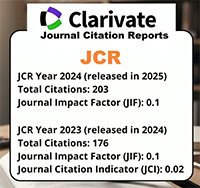The life span of Drosophila melanogaster is affected by melatonin and thioctic acid.
Abstract
ÂAging and reduced longevity are due in part to the action of free radicals (FR). Melatonin (Mel) and thioctic acid (TA) are effective in protecting against the damage caused by FR. In this study, the effect of Mel and TA on the life cycle of Drosophila melanogaster was determined. We used a control group of flies, another group that was provided with Mel (0.43 mM) throughout their life cycle (Mel-c), a third group received Mel upon reaching adulthood (Mel-a) and two groups were fed with TA (2.15 mM) in the same manner (TA-c and TA-a). The number of eclosed, survival, phenotype changes, motor activity and the content of malondialdehyde (MDA) was evaluated in each group. Mel-c increased the eclosion rate and the motor activity of the flies. Mel-c and Mel-a increased the life span and decreased the concentrations of MDA. By contrast, TA-c diminished the eclosion rate, produced phenotypic changes and increased MDA levels and motor activity of the flies. TA-a extended the life span of flies, and did not alter MDA levels and motor activity when compared with the control group. In conclusion, Mel mitigated the effects caused by FR generated during aging, while TA-c increased lipid peroxidation and altered the phenotype of flies.




















